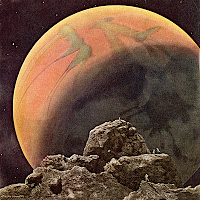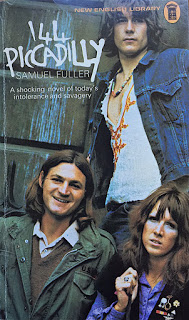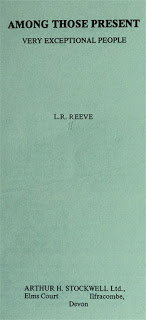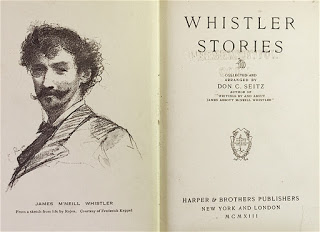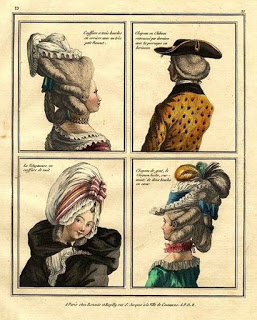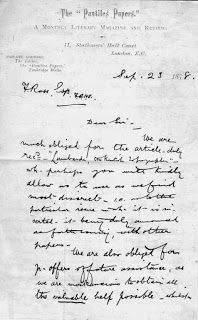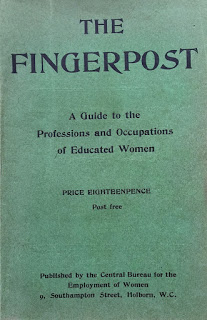 Found in Christoper Herold’s Mistress to an Age. A Life of Madame de Stael (Hamish Hamilton, London 1959) a list scribbled on the front endpaper. The book came from the library of the playwright John Osborne (1929 – 1994). It has a posthumous book label reading ‘From The Library of the Hurst. The John Osborne Arvon Centre Shropshire.’ The Hurst was his final residence – a large country house, now a cultural centre owned by the Arvon foundation. The writings are Osborne’s notes to himself about changes possibly needed (or not) in his life.
Found in Christoper Herold’s Mistress to an Age. A Life of Madame de Stael (Hamish Hamilton, London 1959) a list scribbled on the front endpaper. The book came from the library of the playwright John Osborne (1929 – 1994). It has a posthumous book label reading ‘From The Library of the Hurst. The John Osborne Arvon Centre Shropshire.’ The Hurst was his final residence – a large country house, now a cultural centre owned by the Arvon foundation. The writings are Osborne’s notes to himself about changes possibly needed (or not) in his life.
Handwritten notes-to-self are not uncommon in second hand books, although they tend to be in self-improvement or psychological/ spiritual works. In a jot from 2013 we show a copy of 48 Laws of Power with notes by King of Pop Michael Jackson. The connection with Osborne and Madame de Stael is obscure. Osborne appears never to have referred to her in a play.. He has a few notes about her on the rear endpaper: ’How that girl plays at sensibility writing letters from room to room..’ He notes a quotation from Voltaire about Diderot: ‘No one has ever written more amusingly on famine.’
He also highlights something that Madame de Stael wrote to her husband -‘What I love about noise is that it camouflages life..’ His biographer writes that Osborne had a life-long hatred of noise, often writing complaining letters about it. This action list /cri de coeur probably comes from a period in the 1980s when he was at a low ebb, especially as his film production company (Woodfall) which had (1970s) made a fortune from the worldwide success of Tom Jones (he wrote the script) appeared to be in a serious financial mess. The endpaper notes read:
1. Sex
2. Desire to work
3. No desire to work
4. Whether to give up work altogether.
5. Desire to do something else altogether. Pure leisure e.g.
6. Decision to give up drink
7. Decision to go on drinking and resign to an early grave.
8. Decision to change way of life and live sober/ industrious (illegible) life dedicated to self-improvement and tough grappling with all problems mostly (illegible)
9. Give up Woodfall
10. Not give up Woodfall for reasons of sentiment, cowardice and expenditure
11. Seek new place in which to lead better, less wasteful life
12. Stay put
13. Go on holiday.
14. Stay put.
15. No. More (illegible – cats?)


